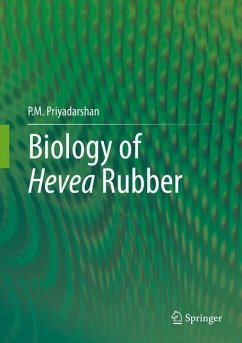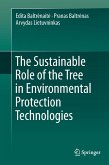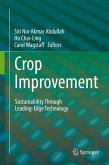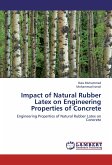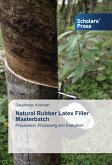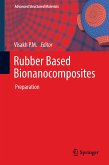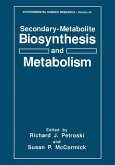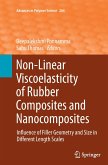In the second edition of this book, the origin, upkeep and latex harvest from the Hevea rubber tree are dealt with succinctly. New chapters have been included on Propagation Systems and Genetic Resources. The importance of Heterozygosis and Breeding is a new theme for the section on Breeding. A new chapter on Genomics and Molecular Breeding that focuses on the latest advancements on gene mapping, marker assisted selection and stimulation has been added. Lastly, 'textboxes' that highlight points and topics of significant interest are included in the new addition.
Natural rubber has been an essential commodity not only for the tire industry but also for more than 50,000 products that holds elasticity as an attribute. The prime source of natural rubber worldwide is Hevea brasiliensis. Hevea rubber tree is an excellent example of how a soil-tree-atmosphere system can work in tandem. The retrieval of rubber through 'injuring' the tree on alternate days or once in three days or once in seven days, is indeed a unique arrangement followed universally that ensures income to the planter almost throughout the year. Every molecule of rubber is the end result of meticulous biochemical changes. Therefore the biology of Hevea rubber tree itself is a subject that aggregates science and technology for the realization of its industrial utility.
Natural rubber has been an essential commodity not only for the tire industry but also for more than 50,000 products that holds elasticity as an attribute. The prime source of natural rubber worldwide is Hevea brasiliensis. Hevea rubber tree is an excellent example of how a soil-tree-atmosphere system can work in tandem. The retrieval of rubber through 'injuring' the tree on alternate days or once in three days or once in seven days, is indeed a unique arrangement followed universally that ensures income to the planter almost throughout the year. Every molecule of rubber is the end result of meticulous biochemical changes. Therefore the biology of Hevea rubber tree itself is a subject that aggregates science and technology for the realization of its industrial utility.

